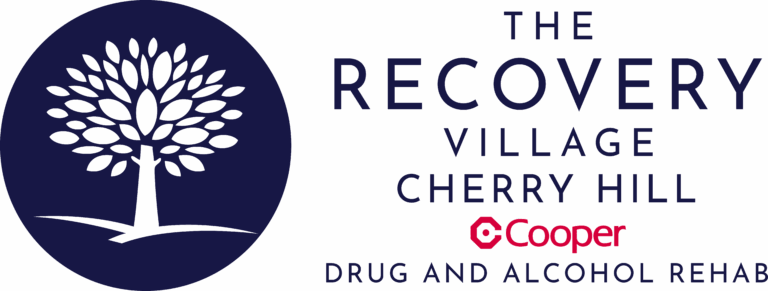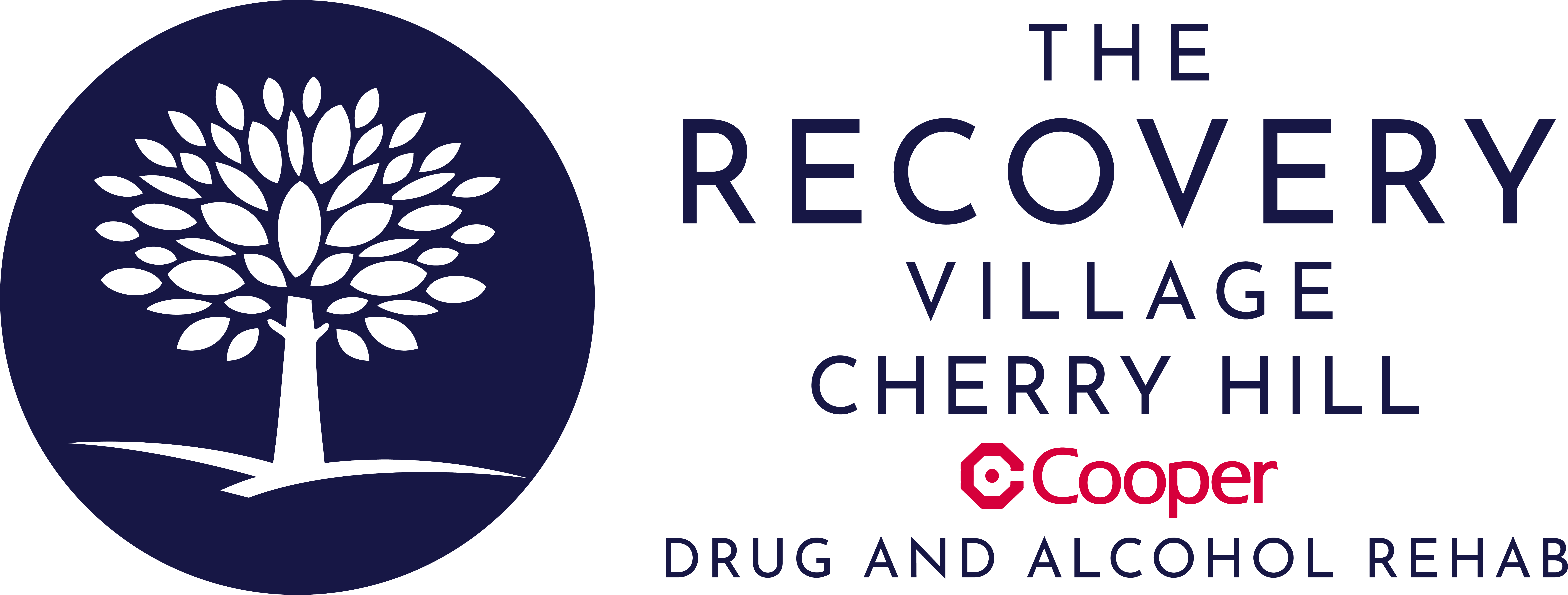Cocaine is a powerfully addictive stimulant, and people with cocaine use disorders often require professional rehab in order to successfully overcome the addiction. There are several options for cocaine addiction treatment and rehab that can help interrupt the addiction cycle and help people achieve long-term success in recovery. It’s important that people who are considering rehab know what their options are and how to evaluate cocaine rehab programs in order to get the best treatment possible.
The first step towards recovery is to set up an initial evaluation with a quality rehab facility that can provide recommendations and referrals for treatment. In many cases, cocaine treatment starts with medical detox and residential rehab, which is followed by outpatient rehab and long-term aftercare.
What Is Cocaine?
Cocaine is a product of the South American coca plant (Erythroxylum coca). Coca leaves are soaked in gasoline to extract the cocaine precursor, which is further processed to make the final product, cocaine hydrochloride. Additional chemical processing can convert powdered cocaine hydrochloride into a water-insoluble, crystalline product called crack cocaine.
Recovery Can Be Life Changing
Whether you or a loved one is struggling with addiction, our expert team is here to guide you every step of the way. Don’t wait— reach out today to take the first step toward taking control of your life.
“My life has became something that I’m proud of and something I can be grateful for.“
– Joseph McDermott, The Recovery Village Cherry Hill Alumni
Cocaine is a potent central nervous system stimulant that exerts its effects by increasing levels of the neurotransmitter dopamine in the brain. Normally, increased dopamine levels in the brain indicate that a rewarding event has occurred — for example, drinking water when you’re thirsty. Cocaine hijacks this reward system, which is how it exerts its addictive properties.
See Related: Meth vs. Coke
Signs and Symptoms
Cocaine use disorders are associated with hallmark signs and symptoms. Although the terms “sign” and “symptom” are often used interchangeably, they are not the same. Signs can be observed and objectively measured by an observer, while symptoms are subjectively experienced. For example, vomiting is a sign and nausea is a symptom.
Common physical signs of cocaine use include:
- Dilated pupils
- Trembling or twitching
- Vomiting
- Rapid pulse
- Elevated body temperature
- Bloody nose
Behavioral changes that may indicate cocaine use include:
- Abnormally high energy levels
- Increased sociability
- Reduced inhibition
- Short attention span
- Rapid speech
- Anxiety
- Mood swings
- Altered sleep patterns
- Risk taking
- Erratic or violent behavior
People who use cocaine often experience characteristic symptoms:
- Nausea
- Racing heart
- Stomach ache
- Jitteriness
- Dizziness
Psychological symptoms often include:
- Increased self-confidence
- Euphoria
- Restlessness
- Anxiety
- Paranoia
- Inability to concentrate
Side Effects
The effects of cocaine use are not limited to immediate signs and symptoms. Cocaine is associated with several short- and long-term health side effects.
Short-term side effects may include:
- Appetite/weight loss
- Mood instability
- Nose bleeds
- Disrupted sleep patterns
- Hallucinations
- Seizures
- Heart attack
Long-term side effects may include:
- Malnourishment
- Cardiovascular damage (increased risk for heart attack)
- Increased risk for stroke
- Movement disorders
- Impaired cognitive function
- Memory loss
- Lung damage (if cocaine is smoked)
- Degradation of nasal tissue (a.k.a. cocaine nose)
People who are struggling with cocaine addiction are also at higher risk for negative social consequences, including: financial troubles, arrest or legal concerns, job loss and failed relationships.
See Related: Cocaine Overdose
Withdrawal Detox Process
Even a single dose of cocaine may cause some withdrawal symptoms, but chronic or heavy cocaine use lead to substantially stronger withdrawal symptoms. Although cocaine withdrawal is a profoundly uncomfortable process, it is usually not associated with serious health risks.
Common cocaine withdrawal symptoms include:
- Drug cravings
- Dysphoria (a sense of dissatisfaction or unease)
- Anhedonia (an inability to experience pleasure)
- Irritability
- Anxiety
- Depression
- Restlessness
- Fatigue
Cocaine Withdrawal Timeline
There are several factors that influence the timeline for cocaine withdrawal, including the degree of dependence/addiction, route of administration, age, genetics, metabolism and overall health status. Because of these variables, it is difficult to provide a timeline that will be accurate for everyone who experiences cocaine withdrawal. However, a general timeline can be described:
- 2-3 hours: This phase is often called “the crash,” and it features cravings, restlessness, insomnia, irritability and fatigue
- 1-7 days: Acute withdrawal symptoms gradually set in. Symptoms include dysphoria, anhedonia, depression, irritability, lethargy and anxiety. People are at high risk for relapse during the acute withdrawal phase
- 1-4 weeks: Withdrawal symptoms persist but their intensity is gradually reduced. For people with mild or moderate cocaine use disorders, withdrawal symptoms often resolve during this period
- >4 weeks: People with serious addiction will experience the extinction phase of withdrawal, which may last for several weeks or even months. This phase is often known as the “extinction” phase
Cocaine Addiction Treatment Options
Cocaine addiction is a legitimate disease and, like other diseases, it may require professional medical treatment. Most people with cocaine use disorders will participate in a comprehensive treatment program that includes medical detox, residential rehab, outpatient rehab, and participation in aftercare programs.
- Medical Detoxification: Medical detox is often the first step in a cocaine use disorder treatment plan. Medical detox is done under around-the-clock supervision by medical professionals, who will intervene in the case of complications, address questions and concerns as they arise and, when appropriate, provide medications that can ease the severity of withdrawal symptoms. For most people, medical detox will take several days.
- Residential Rehabilitation: After completing medical detox, many people transition into a residential (or inpatient) rehab program. Other people may start their rehab process in residential treatment. Residential rehab includes individual and group therapy sessions, mental health assessments and wellness exercises. Cognitive behavioral therapy (CBT) is among the most effective therapies for people in recovery. Residential rehab programs use CBT to identify triggers and negative thought processes that drive cocaine use and actively replace them with coping mechanisms and positive reinforcement strategies.
- Outpatient Rehabilitation: There are several options for outpatient drug rehab, and people with mild cocaine use disorders might start their recovery in an outpatient program. However, more serious addictions should be addressed in a residential program that transitions into outpatient rehab. Many rehab facilities offer full-day intensive outpatient programs, which provide daily support but allow individuals to maintain work and personal schedules. As recovery progresses, outpatient care gradually reduces in intensity.
- Treatment for Co-occurring Disorders: An important, but often overlooked, component of addiction treatment is evaluating whether someone has an underlying mental health disorder. Depression, anxiety and PTSD are common disorders that people try to manage with self-medicating. Cocaine, especially before addiction becomes entrenched, causes temporary euphoria and feelings of increased self-worth, making people who are suffering from mental health issues particularly susceptible to developing a cocaine use disorder. Most quality rehab facilities can assess mental health status in conjunction with addiction and create a tailored plan that addresses each issue separately within a comprehensive recovery plan.
- Aftercare and Sober Living: Drug rehab aftercare programs are continuing care support groups that allow people in recovery to get together on a regular basis. Many individuals in recovery develop strong support networks in aftercare programs. Aftercare is valuable for anyone in recovery, whether they are just establishing sobriety or are working to maintain a sober lifestyle.
Related Topic: Inpatient vs. Outpatient Rehab
FAQs
Why is cocaine so addictive?
Cocaine addiction is caused by changes in brain structure and chemistry, particularly in a region called the limbic system. The limbic system is involved in emotional regulation and decision making, so any changes to its structure will affect our ability to control our behavior. The limbic system is also involved in creating and recalling memories, so when it experiences a cocaine-induced dopamine rush, it creates a positive memory about cocaine use. Negative symptoms of cocaine use usually don’t set in immediately after using it, so the limbic system does not learn to associate them with cocaine. Cocaine addiction can be persistent, and even people who have maintained sobriety for months may have intermittent cravings and withdrawal symptoms. This is because cocaine use actually changes gene expression in brain cells by increasing levels of a transcription factor (a protein that turns on gene expression) called ΔFosB. ΔFosB remains active for up to 6 weeks, so one night of cocaine use can affect brain function and gene expression for several weeks. Finally, cocaine use increases connectivity between parts of the brain that control decision making (“executive function”) and memory. It might seem like more connectivity would allow people to resist temptation more easily, but since the limbic system created positive associations with cocaine, a trigger (e.g. a song or a specific place) can evoke “positive” memories of cocaine use that can be overwhelming. These functional changes can last for several years. There are several other components of cocaine addiction that are not well understood, including environmental contributions and genetics that might predispose someone to developing a cocaine use disorder.
How long does cocaine stay in your system?
Cocaine itself does not stay in your system for much more than an hour. However, it is broken down into metabolic byproducts benzoylecgonine and ecgonine methyl ester, which can stay in your system for several days. Most drug tests don’t actually screen for cocaine; they screen for cocaine metabolites.










